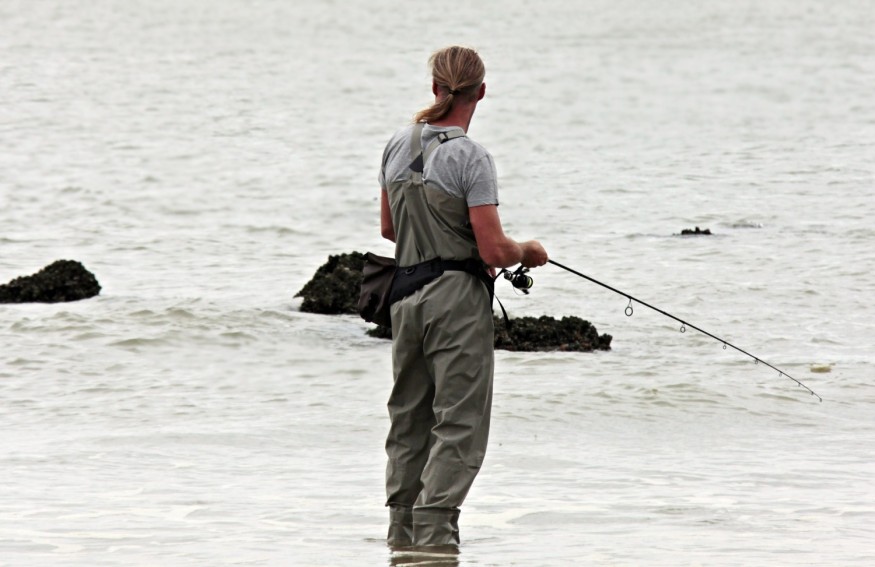
A new study discovered that sportfish have significantly dropped in parts of the Upper Mississippi River infested with Asian carp - which added proof to worries on the threat to native species.
The study of nearly 20 years of population data implies the carp are out-competing fish prized by anglers, such as yellow perch, bluegill, and black and white crappie, the report said. The peer-reviewed research this month in the journal Biological Invasions is among the first to discover a strong link.
Lead author John Chick told the Associated Press (AP) that experts have long speculated Asian carp of starving out other fish in the Mississippi and many of its tributaries. Chick, a fisheries biologist who directs a University of Illinois field station in Alton, Illinois, said the alarms had been there for quite some time now.
"This [situation] adds further mustard to the [discussion] that we need to be taking these [concerns] seriously. The trends [established] here are not the trends we want to see in other places," Chick said.
Chick and colleagues noted in their paper that there are rarely sufficient data to study how invasive species harm natives. However, the U.S. Army Corps of Engineers had been observing fish in the Upper Mississippi system for more than two decades through electrofishing to collect samples.
Analyzing Corps numbers compiled between 1994 and 2013, Chick's team found sport fish dropped about 30 percent in two carp-infested areas on the Mississippi River and one on the Illinois River.
The study focused on silver carp, notorious for leaping from the water when startled because they're more abundant in the Upper Mississippi than bighead carp. The research discovered that sport fish probably are suffering out during its first life stages when they're dependent on plankton while the carp are gobbling up.
The researchers analyzed other factors - including flooding, water temperatures, and sediment pollution. However, the elements did not present a vital role in the sportfish trends in the upper Mississippi.
Researchers said the area had drawn more limited attention in the carp fight than the Great Lakes. However, the outdoor recreation economy made by the carp fight values at approximately $2.2 billion.
Tammy Newcomb, a fisheries biologist and Asian carp expert with the Michigan Department of Natural Resources, said the study shows relevant valuable due to its long-term, direct observation of fish populations in the area.
"[The result is] another piece of science that [adds] to the overall sense of urgency to end the carps' [advancement]," said Newcomb, who was not part of the study.
Kevin Irons, aquatic nuisance species manager with the Illinois Department of Natural Resources, who also didn't take part in the study, said he generally agreed with the results of the findings.
However, he said the study did not show invasive carp directly causing the drop of the sport fish in the area, and the difference between river regions such as vegetation that could also affect fish numbers.
According to Chich, sportfish numbers grew nearly 35 percent in three sections of the Mississippi River farther upstream that the Asian carp had not reached yet. The trends have remained, said Chick, who still monitors Corps data.
History of Asian carp issue
During the late 1960s and early 1970s, four varieties of Asian carp were imported to clear the weeds and algae from sewage ponds and fish farms. However, these creatures escaped to the Mississipi and moved to the northern part.
Bighead and silver carp are the most troublesome. They gorge on tiny animals and plants known as plankton, which virtually all fish eat as juveniles. Federal and state agencies have spent heavily on research and technology to keep them out of critical waterways.
© 2026 NatureWorldNews.com All rights reserved. Do not reproduce without permission.





